Celebrations and gastronomy
They go together to such a degree among us that we could almost paraphrase the popular saying: “Tell me what you celebrate and I’ll tell you what you eat.” The presence of corn is important in the preparation of many foods such as the tamal, mote pata, mote pilla and beverages such as chicha, rosero and morocho.
December is the ideal time to come to Cuenca. All the color of popular religiosity and neo-Baroque burst forth on the 24th in the Christ Child Procession.
Their sunny reminiscences underscore the ritual of the chichi (fermented corn beverage) proffered by the organizers to the attendees, in addition to the traditional Christmas bread. Christmas and New Year’s Day are holidays known for turkey, an international presence in our dishes, and for tamales and buñuelos prepared with corn flour. One another are delicious.
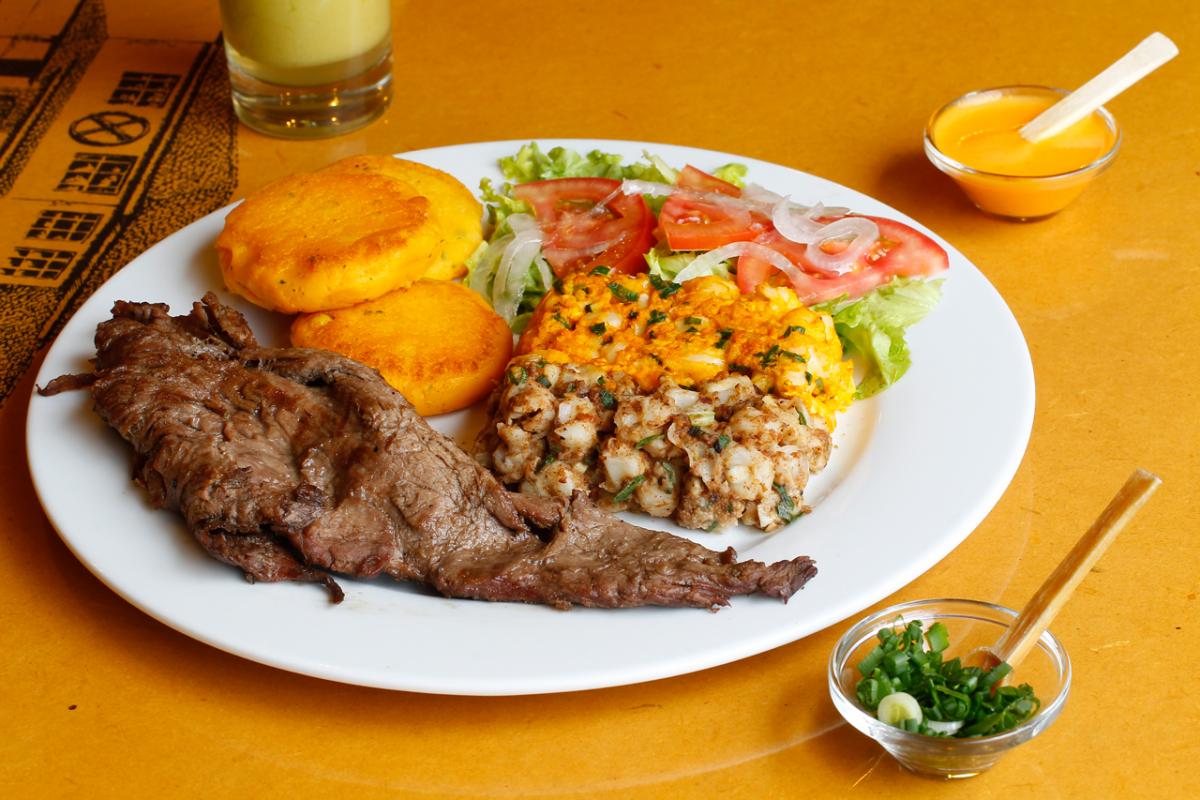
The Cuenca version of a tamal is made of a lightly-cooked corn flour dough that is filled with shredded pork, hard boiled egg and raisins, wrapped in achira (related to the ornamental cannas plant) leaves and steamed. A gift to the palate.
Families retain their old recipes for fritters, which are based on the exact dosage of corn flour pre-cooked with anise to which eggs and milk are added, and beaten by hand until fatigue sets in. Portions of the creamy batter are fried and browned in lard and served with syrup. Finger licking good!
Carnaval is normally celebrated in February, although it is a moveable feast. One dances, eats and drinks abundantly, but people also douse each other with water, following old traditions among the Spanish and locals, with no limits conferred by condition or status. It is the apotheosis of water.
Mote pata, perhaps the king of the traditional dishes of Cuenca, rules the table:
A thick soup of peeled kernels of corn in a pork broth with chunks of pork, sausage and bacon, condiments and sambo (a very common squash) seeds, which are toasted, ground and prepared by frying with onion and milk.
Holy Week is commemorated in March or April. The Palm Sunday processions have a characteristic, which is not very ecological, but picturesque: woven palm leaves – some are true works of popular art – which the faithful take to church to be blessed. Each one is a plant, which is brought from the tropical regions of the province of Azuay, whose capital is Cuenca..
Gastronomically it is the time of fanesca, another of these gargantuan dishes, which uses twelve ingredients in its preparation, according to tradition, in memory of the twelve apostles: young grains: peas, peeled broad beans, corn kernels, beans; three kinds of squash: zapallo, limeño, and sambo, also young; rice, lentils, achocha (a member of the cucumber family), potatoes, and cabbage. Everything is cooked separately, combined, seasoned with the seasoning of Cuenca, in milk, in which dried fish has been cooked, which is later served on a plate in a golden sauce or marinade.
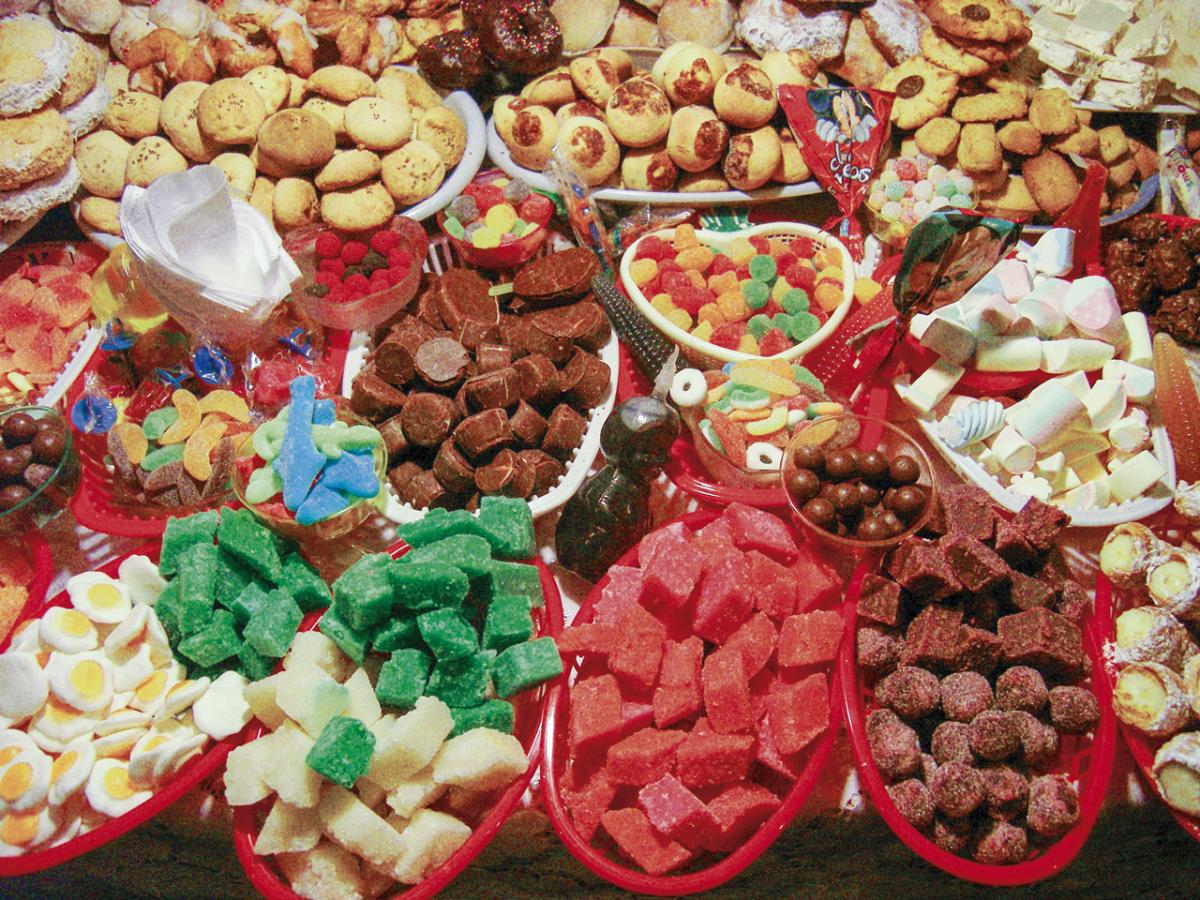
Chumales or humitas made of ground young corn, seasoned with beaten egg, butter and possibly cheese, wrapped in corn husk, and steamed, are the complement to this great dish. We finish this feast with the black cake of Holy Thursday, one of the oldest recipes, which supposedly comes from the Colonial era, made from rice flour, brown sugar, and butter.
June is the period of Corpus and Septenario: Processions and ceremonies worship the Most Holy Sacrament, during seven nights of hot air balloons, skyrockets, set pieces and the entire repertory of popular fireworks; and seven days of sweets, the fruit of traditional pastry-making, displayed on colorful tables all along the southern wall of the new cathedral and around Calderon Park. It’s a banquet not only for the taste buds but also for the eyes. One finds corn arepas in different shades, anisadas, quesadillas, glazed and egg yolk doughnuts, alfajores, panes de viento, pernilitos de camote y naranjilla, coconut cookies, eggs of faltriquera, little cheeses of milk sugar and hosts, coconut balls, little oranges of carrot, little apples of sweet bread, milk, cinnamon and egg yolks, little pears of pineapple, blackberries of beet, decorated with paper cut to simulate stems.
From July to September is a good time to arrive to find a tranquil city, as it is the vacation period. Without the daily hustle and bustle that characterizes a people with a vocation for work, one can enjoy the beauty of Cuenca more and can enjoy its food: trout from the high mountain rivers, prepared and served in different ways at picturesque sites near the fishing spots on the road to the lake region of Cajas; the famous grilled dried meat served with mote pillo (corn cooked and scrambled with egg, onion, cheese) and broad beans, which are prepared on the road to San Joaquin, a rural parish located a few kilometers from the center of the city, the cradle of talented basket weavers; pork prepared as sancocho, chicharrones and fritada (boiled cubed pork, crackling, and fried cubed pork), The name depending on the degree of cooking.
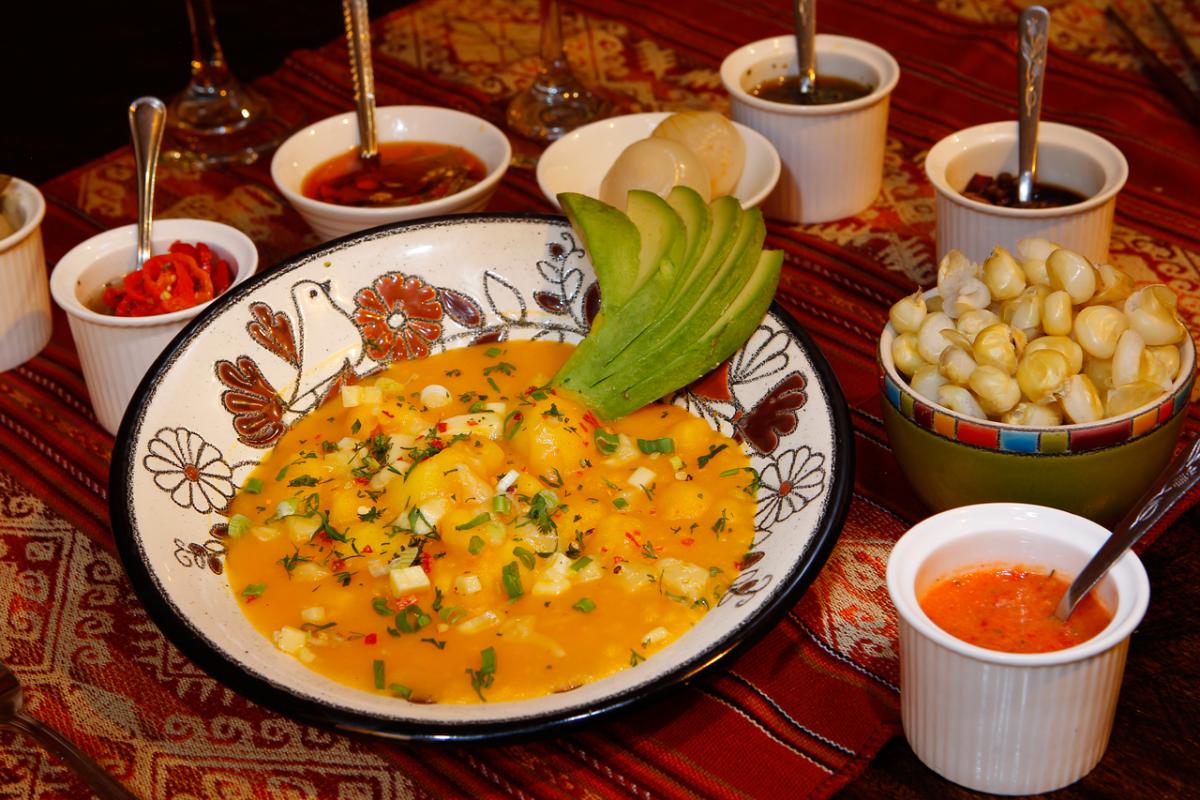
Llapingachos (little potato patties) and morcillas (blood sausages) that are sold in Sertag, on the road to Gualaceo, or together with roasted guinea pig – which is served with golden potatoes, along with tasty, tempting seasonings, next to the roast pigs, whose crispy cascarita (skin) is offered in numerous small, folksy restaurants along Don Bosco Avenue; the empanadas (turnovers) of Baños, where the hot springs are located just eight kilometers from the city center, or the corn flour, wheat flour, or ground young corn tortillas, which are cooked on clay platters in the Gualaceo market, served with sweet morocho (a hot beverage of cooked corn, sugar and cinnamon) or rosero (a cold beverage of corn, sugar and fruit).
November celebrates the independence of the province with parades, craft fairs, artistic presentations, popular dances and the election of queens, as in April, when the founding of Cuenca by the Spaniards is commemorated. Although dates of opposing events, historically speaking, they harmonize through celebration and solemnize through feasting, either with some of the popular treats already described or the wide offering of international dishes that abound in restaurants of diverse categories at any time of the year that you would like to enjoy Cuenca.
This circuit of celebration and gastronomy in Cuenca closes with a new commemorative date the beginning of December: the first of this month in 1999, the city was designated a World Heritage City for its architectural, traditional, human and artistic qualities in general and inscribed on the World Heritage List the fourth of December of the same year.
As you can see, the entire year is a good time to come to this small city, an ideal place to live, surrounded by low mountains, which exhibit all the shades of green; a village founded in 1557 by the Spaniards on a site that had been occupied by ancient peoples of the region, that became one of the capitals of Tawantinsuyu at the time of the Incan empire under the name Tomebamba, which is also the name of one of the four rivers that surround and beautify it.
